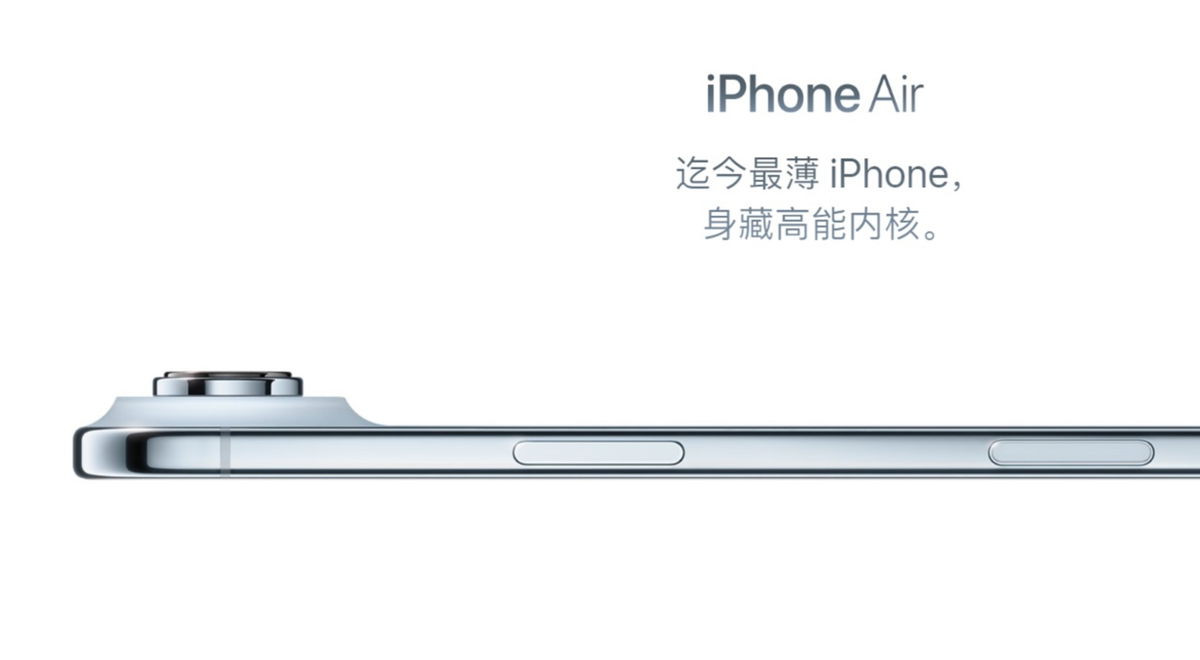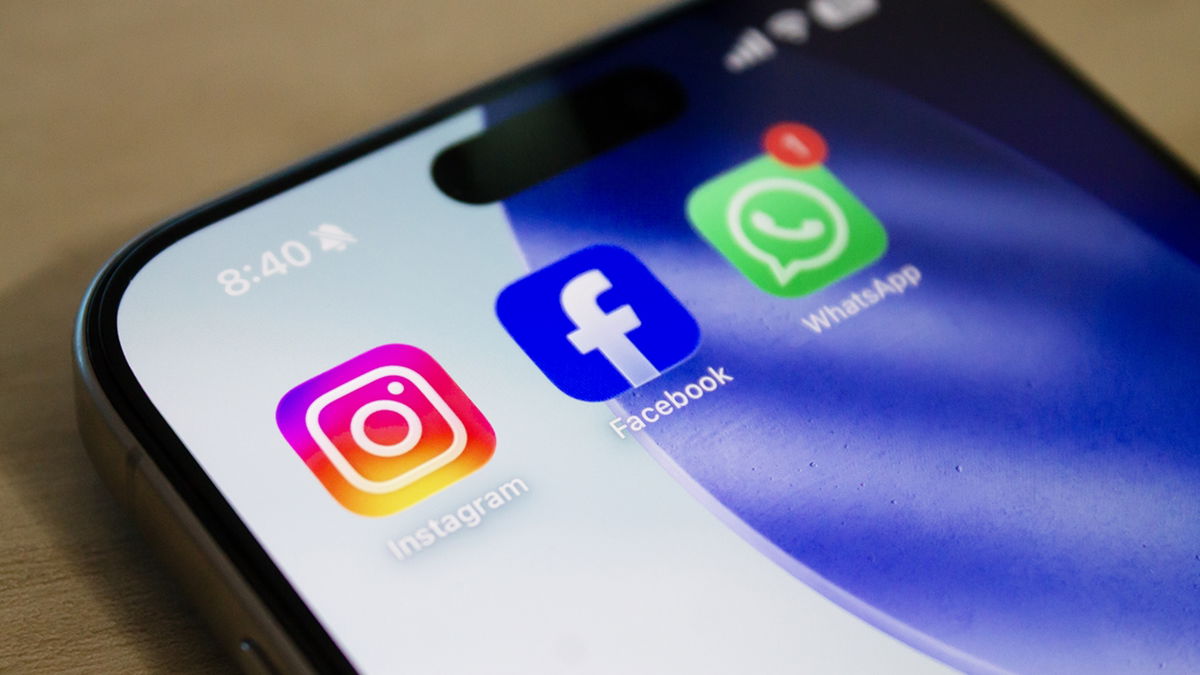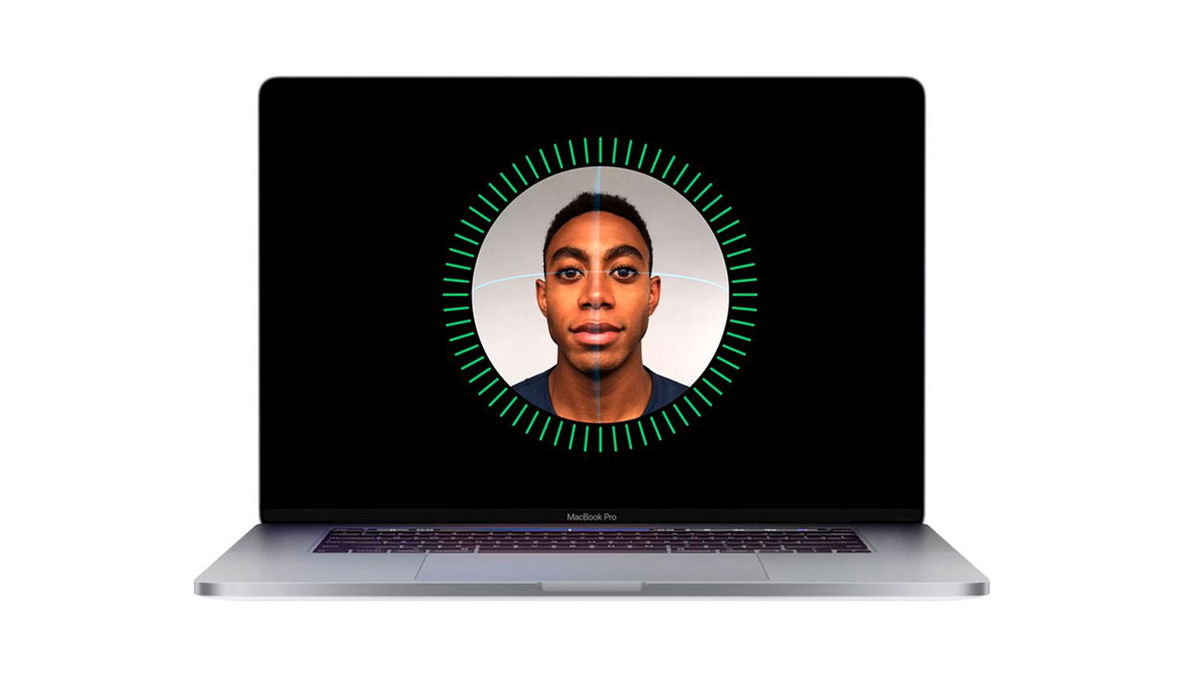Today, the use of mobile apps has changed the way we interact with technology. However, among all generations, millennials stand out for their active participation in this field, integrating these applications as an integral part of their daily lives. From the most popular social networks to the most useful tools, the range of options is wide and varied. Are These are the most popular mobile apps among millennials..
Who are Millennials?
Millennials, also known as Generation Y, are the demographic group following Generation Y. from 27 to 42 years old currently.
Millennials are still the most active generation on social media on the planet as they are the first generation to use it. This is a generation that grew up in a period of rapid technological advancement, especially in areas such as the Internet and telephones.
The Most Popular Mobile Apps Among Millennials
Millennials have witnessed the growth of Facebook as they themselves grew up. The original site was launched in 2004 and quickly gained popularity. The Facebook mobile app launched in 2007 and, like the website, quickly expanded and improved to meet the needs of its users.
According to Truelist, 69% of millennials prefer to use Facebook. This figure is significantly higher than that of previous generations; For example, only 37% of Gen Zers prefer this platform. Thus, for millennials, Facebook continues to be the leader in social media.
YouTube

Another popular tool that millennials grew up with is YouTube, launched in 2005. According to Hootsuite, YouTube is positioned as the second most popular social media platform in the world, just behind Facebook. In the US, millennials make up more than 70% of the platform’s users. With its focus on video content, YouTube stands out as a relevant social platform.
For many millennials, YouTube has replaced getting news through printed newspapers. This allows them to keep up with world events and access a wide range of content without leaving home. In an era where traditional television is losing ground, YouTube has become the go-to resource for millennials to learn, be entertained, and grow in a variety of areas of interest.
Airbnb
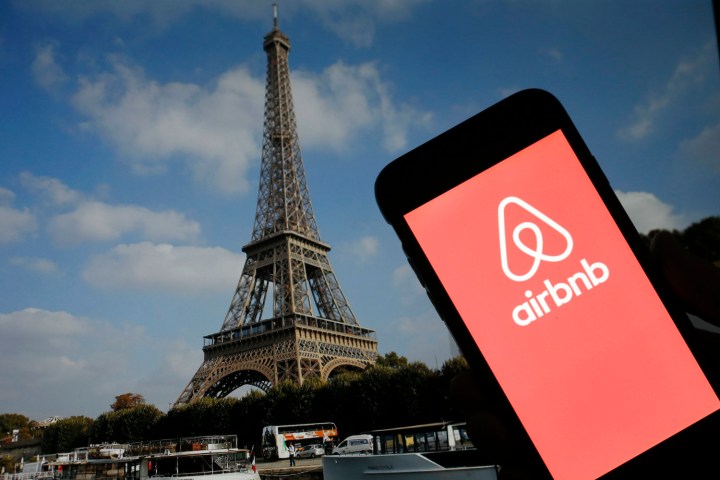
Airbnb emerged as an innovative accommodation alternative in 2008, first as a website and then as a popular mobile app. By offering staycations in local areas instead of traditional hotels, it has become an ideal option for millennials, who make up 63% of its users.
This platform is ideal for millennials who value connecting with local communities to find authentic and unique experiences. With its easy-to-use interface, Airbnb has revolutionized the way people search for accommodation around the world, turning extra rooms and people’s homes into unforgettable travel destinations.

While Facebook remains very popular among millennials, social media statistics show that Instagram, launched in 2010, is also a platform much loved by this generation, with almost 50% of its users being millennials.
The close connection between Instagram and Facebook makes sense since Facebook currently owns Instagram and can update the platform to suit the needs of its vast user base. Moreover, Instagram has its own unique features that make it attractive, such as stories, reels, fun filters, and the use of hashtags. Many millennials are turning to Instagram to stay connected with friends, similar to how they use Facebook to communicate with family.
Venmo
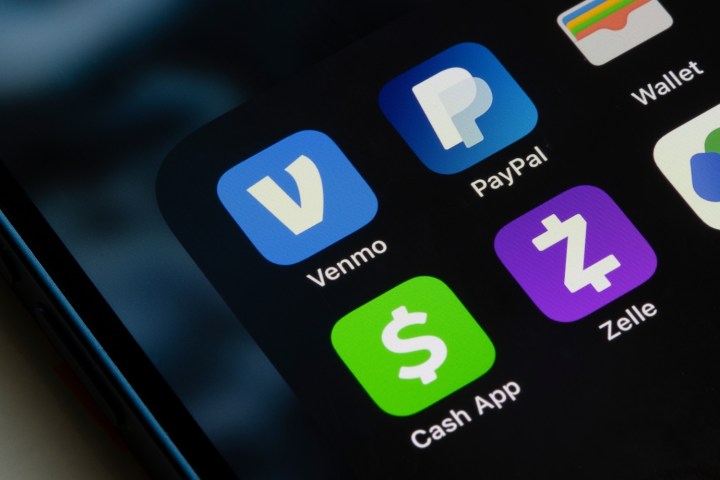
This digital wallet app has quickly gained popularity among millennials as a convenient way to pay for goods and services, as well as friends for a party. Millennials make up more than 50% of Venmo users and are early adopters of the app.
Venmo has revolutionized the way users manage their online payments by combining the convenience of digital transactions with a unique social aspect. Although Venmo is not a pioneer in mobile payments, it has gained widespread popularity due to its intuitive and attractive user interface, as well as a social feature that allows you to share transactions with friends.
Tinder
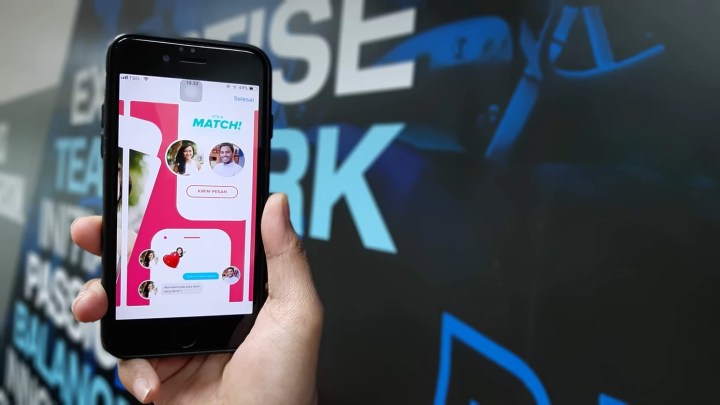
Tinder, launched in 2012, has gained popularity as the dating app of choice, especially among millennials. This demographic represents over 45% of Tinder users between the ages of 25 and 44. Its intuitive and easy-to-use design, along with features like swiping and customizable filters, keep it at the top of the dating app charts.
With increasing urbanization and increasing pressure on millennials’ lifestyles, Tinder has become an invaluable tool for making meaningful connections while keeping up with their hectic lives.
X (Twitter)
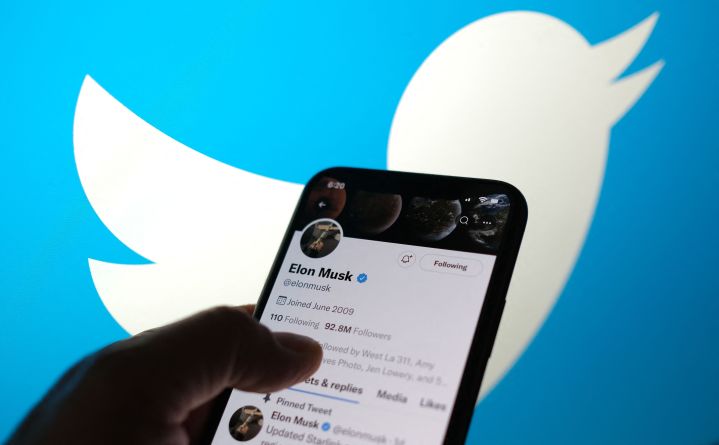
X is a social media platform that has a large user base, most of which are concentrated in the 25-34 age range. Millennials make up 38.5% of total users, which is not surprising considering X came out during the key years of this generation (when it was called Twitter).
This social network has become a fundamental space for communication, exchange of ideas and dissemination of information, especially among young people who make up this demographic group.
TIK Tak
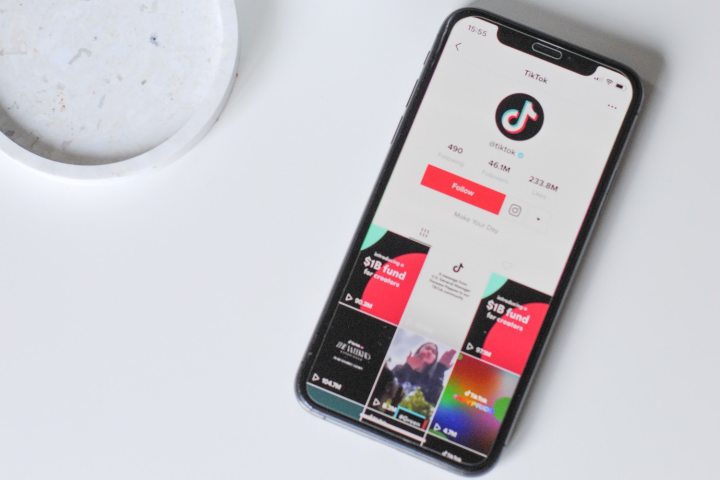
While TikTok is widely used by Gen Z, even the most skeptical millennials already have the app on their phones to endlessly scroll through viral videos. In the recent past, TikTok has dominated as the most downloaded app in the US and the fastest growing app in social media history.
In fact, in less than four years, TikTok has amassed more than 3 billion downloads and reached a third of all social media users in the world, of which 39% are millennials. This phenomenon highlights the prevalence and significant impact that TikTok has had on the global social media environment.
Source: Digital Trends


